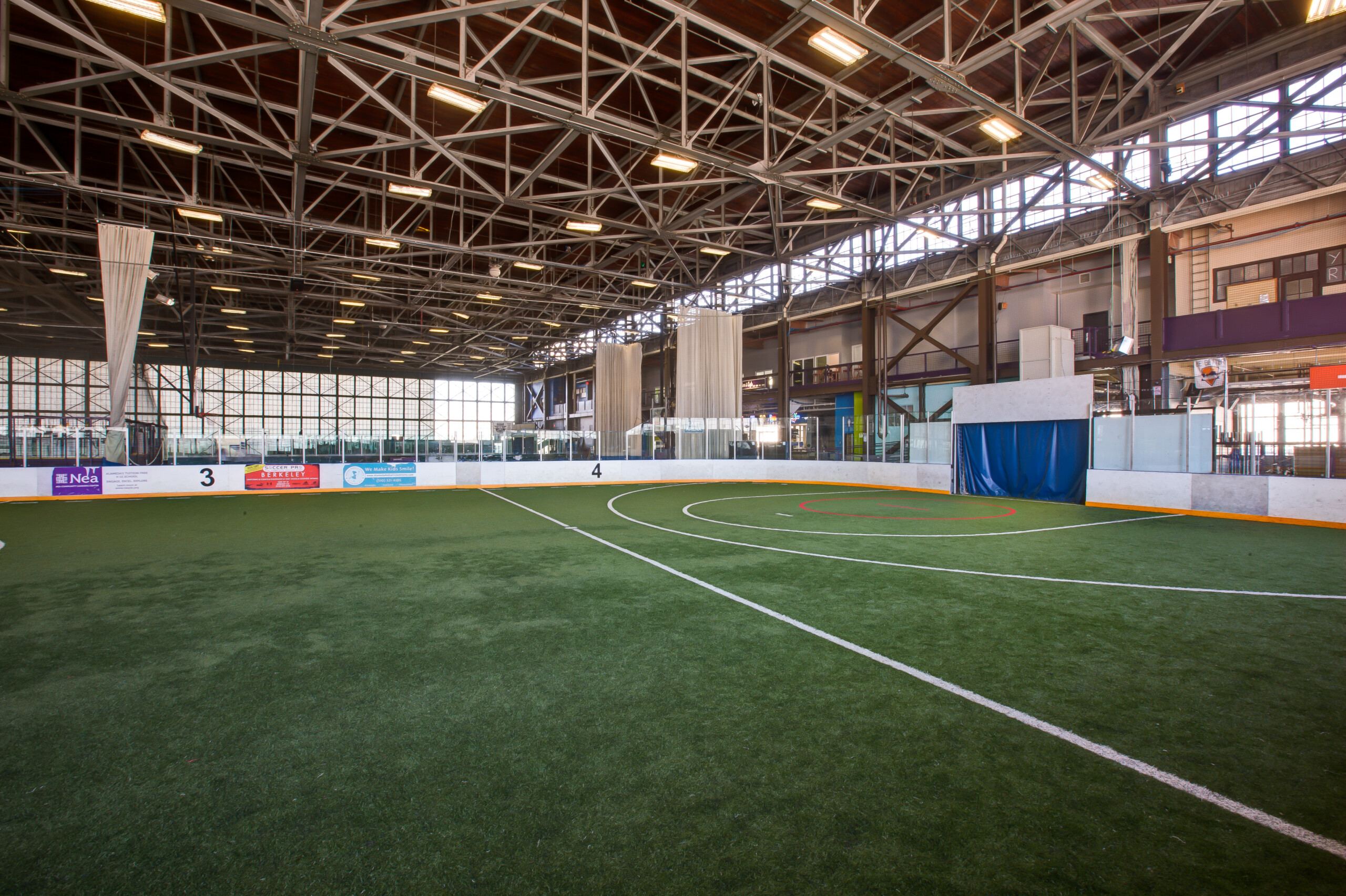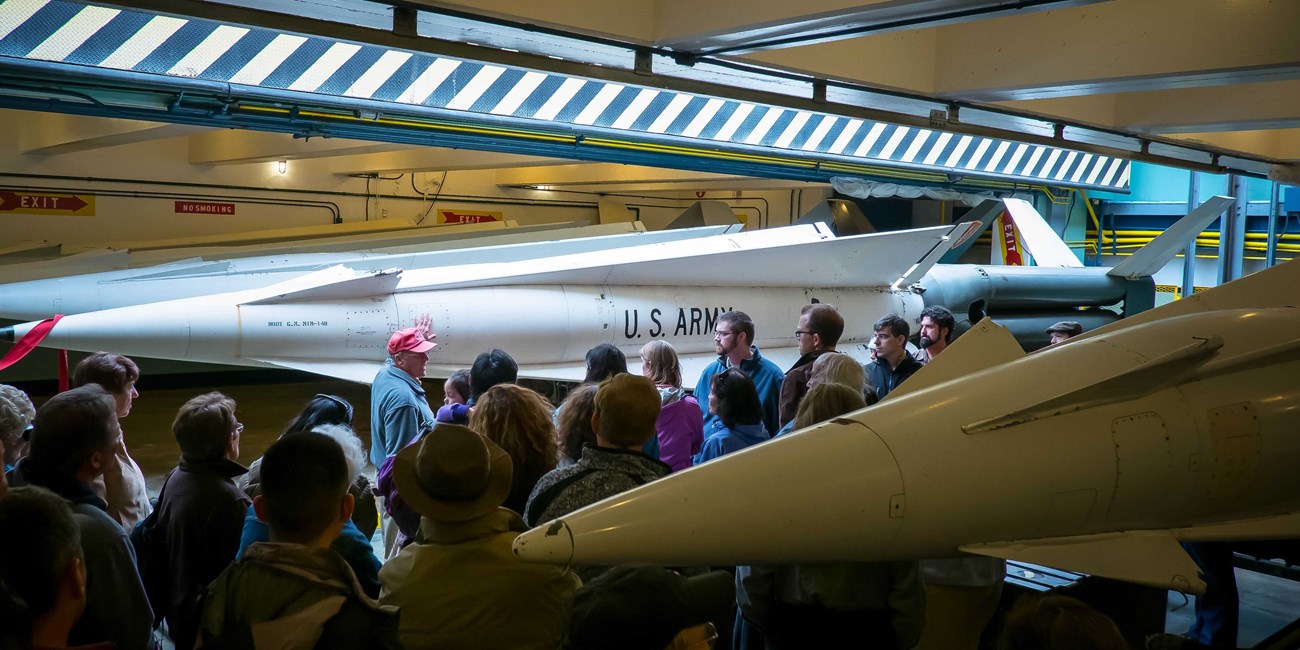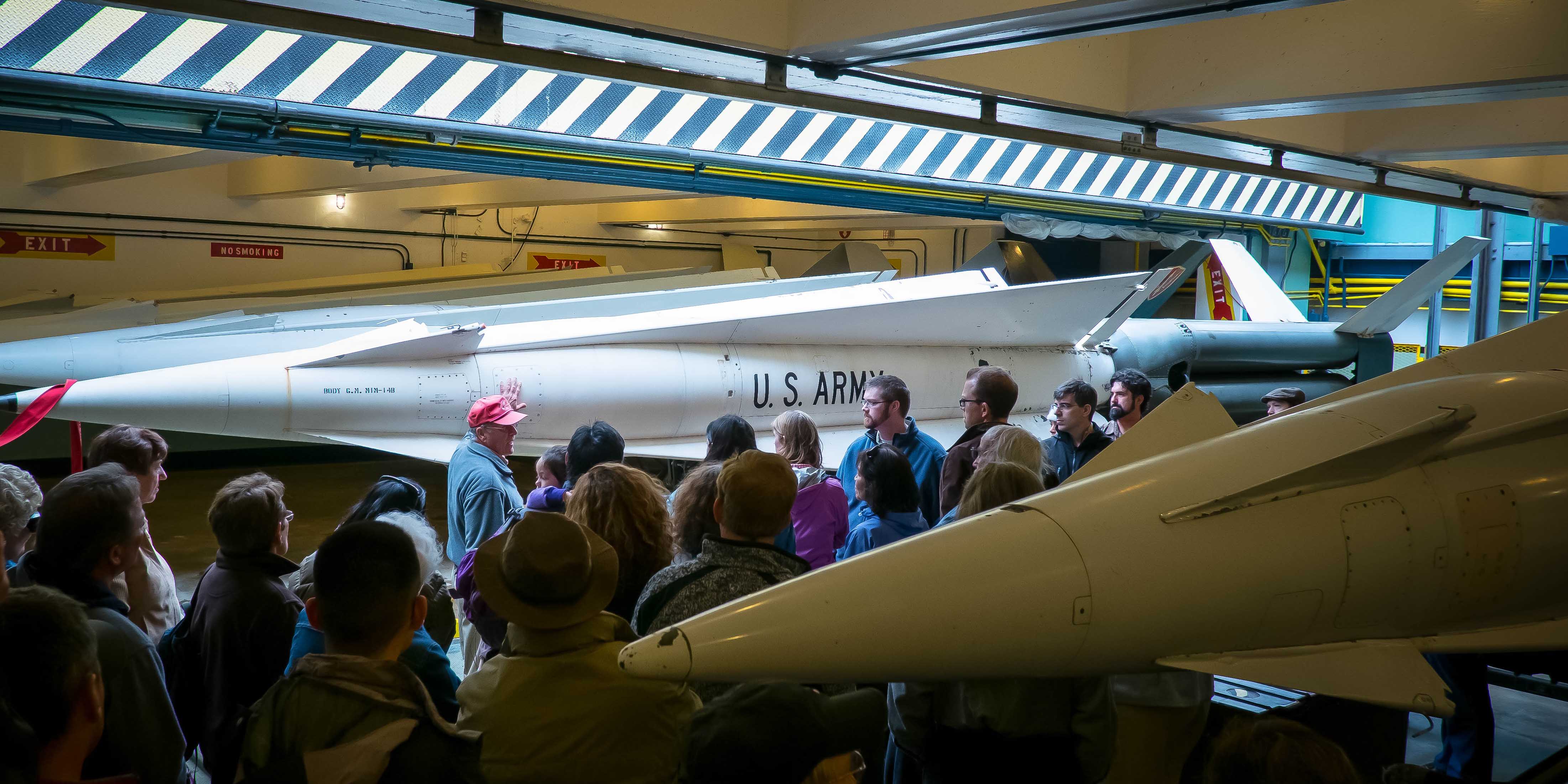my weather tech school was in whire hall..Ahhh... yes. Chanute. Superfund site.
A good example of what shouldn't be done.
Having 4 landfills with decades of little/no oversight or accountability of what was buried in it... around a lake. What could possibly go wrong? Don't eat the fish... LOL. Supposedly, there could be several 55 gallon barrels of 2-4-D or 2-4-5-T buried in one of the landfills.. rusting away. They can't prove beyond a doubt that they're there, but they can't prove that they're not there. Several who were there have told what they saw. Who knows what all was buried.
Dozens of concrete reinforced buildings that were used to test jet engines all the way to failure... so contaminated that they've fenced off and unused, 30 years later. Imagine what it will take to tear those down. They're literally built like bomb shelters and are toxic.
Much of the land and many of the buildings were sold well below market value to new owners who did not have the financial means to properly maintain much of it the long run. Now, many are abandoned and falling down.
Much of the base housing is now sub-standard, much of it originally bought by investors and rented out. Home values are low. Not surprisingly, crime is a bit of a problem.
The base hospital was never fully re-utilized and has sat empty for 20+ years. Falling down. A few years back, the city had to come in and pump several feet of water out of the basement. It is constantly for sale for back taxes. No one wants it, and for good reason. The city should make the Air Force come back in, and tear it down.
Tear it down the same way that White Hall had to be torn down by the Air Force. The largest government building until the Pentagon was built. One out-of-state 'investor' owner after another...all with big dreams, but without the necessary financial means to manage/renovate such a goliath. Same problems. Basement filled with water, holes in the roof, vandalism, asbestos, mold, lead based paint.
You are using an out of date browser. It may not display this or other websites correctly.
You should upgrade or use an alternative browser.
You should upgrade or use an alternative browser.
Reuse of former military bases
- Thread starter y_p_w
- Start date
Fort Barfoot, built in 1941-42 in rural Blackstone, VA, was used in 2021 to house about 5,700 Afghan refugees. It's still occupied by the Virginia National Guard. I used to attend semi-annual firearms training there. It was originally named Fort Pickett after Confederate Army General George Pickett until certain sympathizers successfully lobbied to change its name in 2023.
Last edited:
Very true...no epa on a military base...they kind of do what they want to do...
They are now for solid and hazard wastes but nothing for the stuff left pre-EPA regulations and very lax. When we were in bridgeport, all we had to do was stick cardboard MRE boxes under the humvees in case they leaked.
Funny story, somebody popped the cap off an overheating vic's coolant tank and it exploded out. He had a good ole time digging up all of the dirt around the spill.
y_p_w
Thread starter
Former George Air Force Base is a waste, abandoned housing and structures that could have been turned over for civilian use.
Wasn't much of it turned into a civilian boneyard?
y_p_w
Thread starter
There are also over 1,000 housing units in two dozen neighborhoods in the former Presido.
I heard it was a great place to be stationed. I remember my dad taking me there once where we ate at a place open to the public, although most of the customers were uniformed personnel.
Funny story, somebody popped the cap off an overheating vic's coolant tank and it exploded out. He had a good ole time digging up all of the dirt around the spill.
Even funnier is that coolant is about the most biodegradable of the fluids that can leak out of a vehicle.
y_p_w
Thread starter
Even funnier is that coolant is about the most biodegradable of the fluids that can leak out of a vehicle.
Coolant itself isn't that bad, but I thought that old radiators contained a lot of lead solder and
A lot of the remediation of decommissioned military bases is lead cleanup, although often that's from firing ranges. We've had issues with old civilian ranges around here, like one that was in a public park but where there was so much lead over the years shot into a berm. Or the least from the old Pacific Rod and Gun Club that had to do remediation from decades of depositing lead and clay pigeons into Lake Merced in San Francisco.

SF settles for $8.25 million with Lake Merced gun club over contamination
The Pacific Rod and Gun Club will fork over $8.25 million to settle a long court battle...
Coolant itself isn't that bad, but I thought that old radiators contained a lot of lead solder
Pretty much anything newer than the early 90s left the factory with an aluminum radiator, no lead in it, and even aftermarket radiators for cars originally equipped with soldered copper/brass radiators started coming as aluminum around 15 years ago.
Ditto for heater cores.
Yes, it is. Nothing but grass.+2
My pics are from 2011-2012. I'm pretty sure it's just a vacant lot now.
Former B-52 bomber base Eaker (Blytheville) AFB has some people living in the old family housing.
I would love to explore this former base. You can see many street views on Google maps in link.

 en.wikipedia.org
en.wikipedia.org
.
I would love to explore this former base. You can see many street views on Google maps in link.

Blytheville Air Force Base - Wikipedia
.
Last edited:
y_p_w
Thread starter
Here's the Bladium Sports & Fitness Club in Alameda. It clearly looks like a repurposed hanger. I'd been in one of an elementary school field trip years ago, but I'm not sure if it was this one. They're all pretty similar.

This was Hangar 1 before they closed shop.
/cdn.vox-cdn.com/uploads/chorus_image/image/71662727/1020083168.0.jpg)

This was Hangar 1 before they closed shop.
/cdn.vox-cdn.com/uploads/chorus_image/image/71662727/1020083168.0.jpg)
Locally we have Vint Hill Farms station. That was closed in 1996, and even today, not much has happened in the way of redevelopment. Some of the buildings haven't been touched since 1996 and still have the notice in the window announcing the closure!
y_p_w
Thread starter
I'm thinking of what's been closed in my lifetime in my area.
Hamilton Army Airfield - housing.
NAS Alameda - various manufacturing and recreational businesses, but no housing.
Naval Station Treasure Island - housing and office space.
Mare Island Naval Shipyard - mostly housing and industrial uses.
Hunters Point Naval Shipyard - some housing, but there's an issue with radioactive materials in the soil.
Presidio of San Francisco - way too many uses to count.
Oakland Army Base - last I heard some of the buildings were being used for businesses like a gym I mentioned. It was next to a Naval depot that was also closed.
Concord Naval Weapons Station - set to be converted to housing. Some of it is still under DoD control.
Onizuka Air Force Station - building demolished (was just a monitoring station) and the land has been handed over for various purposes.
Naval Air Station Moffett Field - now Moffett Field Federal Airfield since it still supports NASA's Ames Research Center. Some private companies have been able to use it as an airport including Google.
The only active-duty base left is Travis Air Force Base.
Hamilton Army Airfield - housing.
NAS Alameda - various manufacturing and recreational businesses, but no housing.
Naval Station Treasure Island - housing and office space.
Mare Island Naval Shipyard - mostly housing and industrial uses.
Hunters Point Naval Shipyard - some housing, but there's an issue with radioactive materials in the soil.
Presidio of San Francisco - way too many uses to count.
Oakland Army Base - last I heard some of the buildings were being used for businesses like a gym I mentioned. It was next to a Naval depot that was also closed.
Concord Naval Weapons Station - set to be converted to housing. Some of it is still under DoD control.
Onizuka Air Force Station - building demolished (was just a monitoring station) and the land has been handed over for various purposes.
Naval Air Station Moffett Field - now Moffett Field Federal Airfield since it still supports NASA's Ames Research Center. Some private companies have been able to use it as an airport including Google.
The only active-duty base left is Travis Air Force Base.
GON
$100 Site Donor 2024
Although not real feasible for many reasons, I am a fan of the military keeping their old military bases and returning the land to nature.
The reason is if there is another war like WWII, we may need the capacity, especially at military bases near urban areas for many reasons. No way the military can acquire land in large parcels around urban areas. Two of many examples was Benecia CA and FT Sheridan, IL. Benecia has many strategic Pacific options that are no gone, yet the Pacific is the likely battle of the future. Ft Sheridan was over 1,000 acres on Lake Michigan. One could take a commuter train to FT Sheridan. FT Sheridan was sold for I believe seven million dollars. The military can't get 1,000 plus acres near a major urban area with direct lakefront access for seven million dollars.
Very short sighted to sell these strategic lands.........
The reason is if there is another war like WWII, we may need the capacity, especially at military bases near urban areas for many reasons. No way the military can acquire land in large parcels around urban areas. Two of many examples was Benecia CA and FT Sheridan, IL. Benecia has many strategic Pacific options that are no gone, yet the Pacific is the likely battle of the future. Ft Sheridan was over 1,000 acres on Lake Michigan. One could take a commuter train to FT Sheridan. FT Sheridan was sold for I believe seven million dollars. The military can't get 1,000 plus acres near a major urban area with direct lakefront access for seven million dollars.
Very short sighted to sell these strategic lands.........
- Joined
- Feb 20, 2022
- Messages
- 344
What underground lake? I'm currently stationed at Dover, and thankfully a few miles away living off base. A quick Google search pulled up some landfills with toxic chemicals on base, but no large quantities of jet fuel. Curious as to what you're referring to. Thanks!Chanute AFB is another abandoned base.
$200 million in cleanup so far, and they are not done.
Dover AFB is still active, and sitting on a vast underground lake of jet fuel…
Millions on gallons…
y_p_w
Thread starter
Although not real feasible for many reasons, I am a fan of the military keeping their old military bases and returning the land to nature.
The reason is if there is another war like WWII, we may need the capacity, especially at military bases near urban areas for many reasons. No way the military can acquire land in large parcels around urban areas. Two of many examples was Benecia CA and FT Sheridan, IL. Benecia has many strategic Pacific options that are no gone, yet the Pacific is the likely battle of the future. Ft Sheridan was over 1,000 acres on Lake Michigan. One could take a commuter train to FT Sheridan. FT Sheridan was sold for I believe seven million dollars. The military can't get 1,000 plus acres near a major urban area with direct lakefront access for seven million dollars.
Very short sighted to sell these strategic lands.........
That’s not going to happen. A lot of these communities fought to keep bases active and don’t want to take the hit of just leaving them unused. I could see former bases being commandeered in case of war. The Presidio of San Francisco is still federal property and many of the former Army buildings are unoccupied. NAS Alameda could readily repave its runways and most of the old hangars are still there.
GON
$100 Site Donor 2024
Very short sided. Same issue that results in no long term/strategic plan for the US. Greatest country in the history of the world we live in. But if we eat all our seed corn, rather than plant it, super easy short term gain, but end state is a future famine.That’s not going to happen. A lot of these communities fought to keep bases active and don’t want to take the hit of just leaving them unused. I could see former bases being commandeered in case of war. The Presidio of San Francisco is still federal property and many of the former Army buildings are unoccupied. NAS Alameda could readily repave its runways and most of the old hangars are still there.
y_p_w
Thread starter
Very short sided. Same issue that results in no long term/strategic plan for the US. Greatest country in the history of the world we live in. But if we eat all our seed corn, rather than plant it, super easy short term gain, but end state is a future famine.
So what happens with your proposal? The communities get to suffer economically? Does the federal government pay for the utility losses? Pay the states for the loss of potential property tax losses?
Base decommissioning has always been done to save money. Just leaving land unused with zero use would seem to be a poor use just in case it might need to be used for some theoretical future conflict.
Unfortunately most military air bases are Superfund sites with the soil and water contaminated.
I was thinking to myself, most military bases are in place that are either too hot or too cold, too wet or to dry, and generally inhospitable to humans... so the few choice places might be nice, but the rest of them will eventually return to nature.. Slab City anyone.
y_p_w
Thread starter
I was thinking to myself, most military bases are in place that are either too hot or too cold, too wet or to dry, and generally inhospitable to humans... so the few choice places might be nice, but the rest of them will eventually return to nature.. Slab City anyone.
That's most of the United States.
I suppose the exceptions might be the San Francisco Bay Area and San Diego. There were a lot of bases in the former, and there are still a lot of bases in the latter. San Francisco Bay was also ringed with missile sites all over with worries of a possible Eastern Block invasion and even before then worries that the Imperial Japanese Navy might attack.

Similar threads
- Replies
- 68
- Views
- 3K

